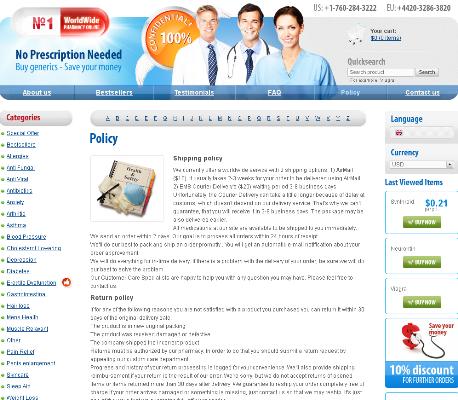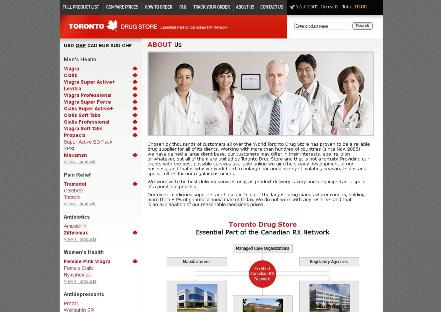Colchicine Mechanism: How It Modulates Inflammation
How Colchicine Stops Immune Cells in Their Tracks
Cells rush into injured tissue like an urgent parade; colchicine plays a sly traffic cop, freezing movement by targeting microtubule highways that power cell migration and transport. Sabotage of these rails disrupts chemotaxis, vesicle delivery, and the shape changes immune cells need to pursue threats.
It mainly immobilizes neutrophils, limiting adhesion, degranulation and inflammasome assembly, which lowers tissue damage and speeds recovery. Benefits appear fast, but side effects such as GI upset occassionally occur; monitor renal function and be mindful of drug interactions within different clinical enviroments, with careful dosing.
| Effect | Target |
|---|---|
| Immobilizes | Neutrophils |
Microtubule Disruption: the Cellular Domino Effect Explained

Like a pebble thrown into a pond, colchicine interrupts the cellular ripples that drive inflammation. Teh drug binds tubulin dimers, preventing microtubule polymerization and dismantling the scaffolding cells use to move and divide. Immune cells become stalled, their motility and phagocytic functions compromised.
Downstream, this structural collapse blocks transport of vesicles and signaling complexes, limiting inflammasome assembly and IL-1β release. Fewer neutrophils reach injury sites and adhesion is reduced, so tissue injury and swelling settle faster. The chain reaction is subtle but powerful, explaining colchicine's anti-inflammatory effects across diverse conditions.
Blocking Neutrophil Recruitment: Less Damage, Faster Healing
Imagine a bustling battlefield where immune cells rush to a flare of injury; colchicine acts like a drawbridge, slowing the tide so damage is limited.
By interfering with microtubules in neutrophils, it impairs chemotaxis, adhesion and transmigration, preventing an excessive accumulation that would amplify inflammation.
Less neutrophil influx means fewer proteases and reactive oxygen species released into tissues, so collateral injury is reduced and repair pathways can engage; benefits often occured quickly in clinical studies and beyond.
This modulation is subtle, not immunosuppressive like steroids, and requires careful dosing to balance reduced recruitment with host defense, a nuance clinicians weigh when prescribing colchicine. Timing and duration matter to acheive optimal outcomes. Patients notice benefits sooner.
Inflammasome Suppression: Taming the Cytokine Storm Within

Imagine a crowded control room inside a cell, sensors blaring as danger signals accumulate; colchicine slips in like a calm technician, preventing wires from linking and halting an overzealous alarm. By disrupting microtubule tracks, it stops the NLRP3 complex from assembling, reduces caspase-1 activation, and limits IL-1β release. The result: fewer downstream cytokines, less tissue injury, and more time for effective repair. This containment prevents a full blown systemic crisis.
Clinically, this translates to reduced fever spikes and milder systemic symptoms when inflammasome-driven flares threaten organs. By blocking ASC speck formation and curbing pyroptosis, colchicine lessens IL-18 and other proinflammatory mediators, lowering tissue damage. The effect is subtle yet powerful: a restrained immune response that preserves host defense while preventing a cytokine cascade. Occassionally the benefit is most noticeable in acute exacerbations where rapid dampening is neccessary for patient stability.
Dose, Timing, and Side Effects: Balancing Benefits
A practical approach helps clinicians choose colchicine regimens with care. Small doses can blunt inflammation quickly, while cumulative exposure raises toxicity risks, especially in older patients or those with renal impairment. The narrative of benefit versus harm is personal and data-driven.
Simple tables clarify trade-offs:
| Dose | Effect |
|---|---|
| 0.5mg | Reduced_neutrophil_action |
Patients and physicians should monitor for gastrointestinal upset, myopathy, and drug interactions and adjust colchicine promptly if toxicity signs appear. Renal or hepatic impairment, and concurrent P-gp or strong CYP3A4 inhibitors, increase risk. Occassionally dose reduction or temporary cessation allows recovery; clear communication and follow-up acheive safer outcomes. Shared decisions, monitoring, and education reduce preventable events dramatically
Emerging Uses: Colchicine Beyond Gout and Pericarditis
Clinicians are rediscovering colchicine as a modest, broad-spectrum antiinflammatory agent. Low-dose therapy calms neutrophil activity, reduces endothelial adhesion and microvascular injury, and Occassionally lowers cardiovascular and postinfectious inflammation in trials, giving this ancient drug fresh clinical momentum as investigators test novel indications.
Beyond gout and pericarditis, studies explore atherosclerosis, atrial fibrillation, dermatoses, and autoinflammatory syndromes; mechanistic rationale is strong, but narrow therapeutic index, interactions and patient selection limit routine use. Ongoing randomized trials should clarify which patient groups truly benefit and how to balance efficacy against toxicity across patient populations. PMC articles on colchicine PubMed search for colchicine
<

